Latest News
The four pillars of the Festival, plus one
For every resident in Gloucestershire, there can be little doubt as which racing event is the biggest in the UK calendar; it's simply no contest that our home-grown Festival tops the charts every time against the likes of Aintree or Royal Ascot.
Although every Englishman grows up having watched the Grand National on a Saturday in April, the Festival continues to spread its wings as the most significant horse racing fixture in the calendar, punctuating the year and ensuring even those that don't follow racing know its dates and impact on the county.
The Festival's great strength is its depth; even the weakest race, which the most ardent amateur rider would admit is the Foxhunter Chase, is archly competitive; four days of intense competition where every race would grace a Saturday card as the main feature.
Although US horses running in the UK's top Jumps races are like hen's teeth, trainers that have sent horses over have rarely returned empty-handed. Think Jay Trump's 1965 Grand National, Flatterer's second in the 1988 Champion Hurdle, or even Lonesome Glory, who won Cheltenham's leg of the Sport of Kings Hurdle Series in 1991. Compare these to America's Kentucky Derby horses 2020, and you have some idea of the achievement of each.
The four feature races of the Festival each has a unique story.
Champion Hurdle
Established in 1927, the Champion Hurdle is the richest hurdle race in Europe. Run over the minimum trip of 2 miles, it has seen some of the very closest finishes. Buildings and barsd all over the modern day Cheltenham are littered with the names of past winners: the Insurance Bar (1932, 1933), the Hatton's Grace Room on Level 4 of the old Grandstand (1949-51 inclusive), the Istabraq Bar on Level 2 (1998-2000 inclusive) and numerous others that have disappeared in subsequent redevelopments.
Looking into famous winners of the Champion Hurdle through the years, Istabraq, Persian War, and Hatton's Grace are three-time winners. Nicky Henderson leads the tally board for most victories won by a trainer, with 8 wins, including ,most recently Epatante, the first mare to win since Annie Power in 2016. Tim Molony, Ruby Walsh and the recently retired Barry Geraghty have all recorded four wins as a jockey. Locally, our own Kim Bailey, training then elsewhere rather than at Andoversford, is the only current Gloucestershire trainer to have the race, with Alderbrook in 1995.
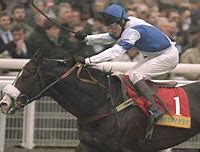
Queen Mother Champion Chase
Originally named as the National Hunt Two-Mile Champion Chase, which started in 1959, this race at the Festival has grown in publicx stature over the years, even if previously, itr was well respected by the professionals. Its title was altered to include the Queen Mother in 1981 in honour of her support of UK Jump racing.
The £400,000 prize fund makes it the third richest race in the UK calendar behind the Grand National and Cheltenham Gold Cup.
Historically, Badsworth Boy is the only horse to win the Champion Chase three times in a row (1983-1985 inclusive) Latterly Master Minded (2008, 2009), Sprinter Sacre (2013, 2016) and Altior (2018, 2019) have demonstrated that a champion can keep his speed for at least two seasons before a you nger generation eclipses them . Altior was supposed to join Badsworth Boy as three-timer this year but failed to stay sound.
Stayers' Hurdle
If you are looking for U.K.'s leading long-distance hurdler, then Stayers' Hurdle is the event you should come and see. This Grade 1 hurdle race in the British National Hunt calendar has now been overtaken in value as the feature of the Festival Thursday by the Ryanair Chase, but at £325, 000, it's still a huge prize.
From 2005-2015, the event was known as the World Hurdle for sponsorship reasons - an unassumimngly modest title! The race can argue it is older than the Gold Cup, as a first recorded running was in 1912. More commonly it is accepted that 1972 marked its inauguration. No horse has dominated the race as much as the peerless Big Buck's, owned by Andy Stewart, who won back-to-back runnings from 2009-12 inclusive, not quite a record for Festival races, as Quevega won the Mares Hurdle 5 tiems consecutively.
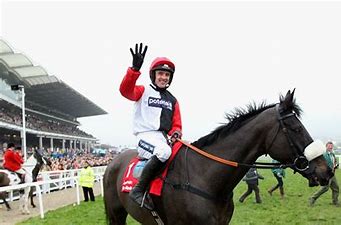
Cheltenham Gold Cup
Completing the best feature races that take place at the Cheltenham Festival every year is the Cheltenham Gold Cup. Unlike the three races above, this is undoubetdly the most celebrated racing show since it tests stamina and speed over the full 3m 2f and 22 fences.
This year's prize fund of £625,000 is the highest ever recorded, but the race places great demands on the competitors. Al Boum Photo was the first horse since Berst Mate in 2002-2004 to win back-to-back Gold Cups, and it's not a race that horses readily regain. Only Kauto Star in 2009 has successfully regained his crown after losing it.
National Hunt Chase
Yet one race has recently only been mentioned as a problem child, yet forms the epicentre of Cheltenham's 4 day drama. The National Hunt Chase, formerly run over 4 miles for amateur riders and novice horses, was inaugurated 160 years ago, and transfered to Cheltenham permanently in 1911, to form the centrepiece of the Festival.
Four finishers from 18 starters and a fatality in the 2019 race precipitated a review and the race was nearly removed altogether, but with a shortewr ditance and more qualifying criteria, it has been rejuvenated, playing a leading role in the development of riders of the calibre of Jamie Codd, Derek O'Connor and Patrick Mullins.
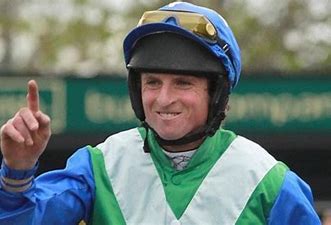
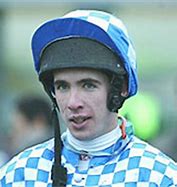
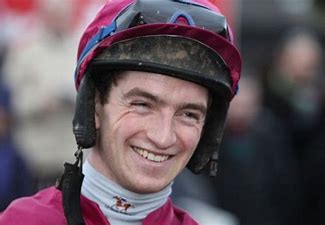
Event details
Buy your tickets nowOur Sponsors

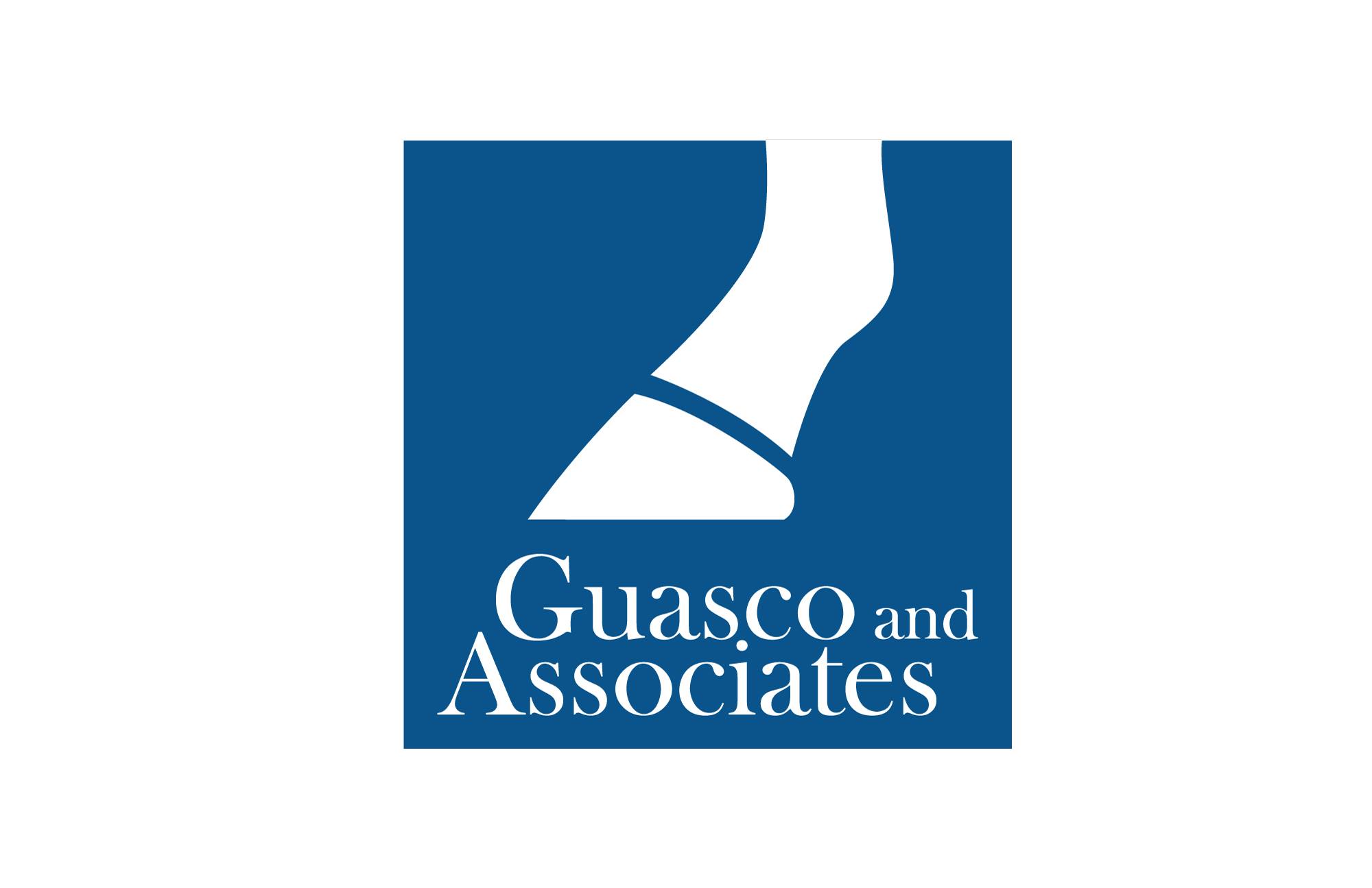

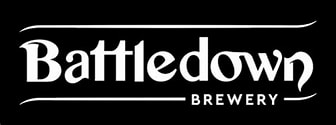

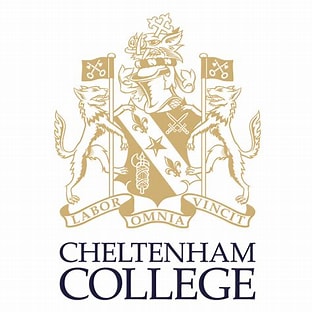


.png)









